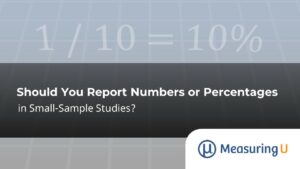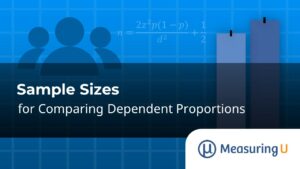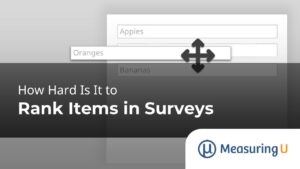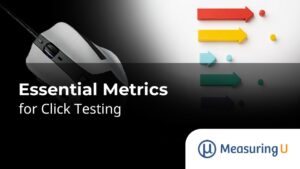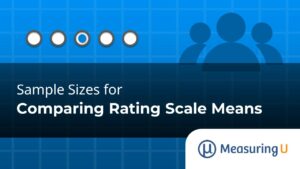
Sample Sizes for Comparing Rating Scale Means
Are customers more satisfied this quarter than last quarter? Do users trust the brand less this year than last year? Did the product changes result in more customers renewing their subscriptions? When UX researchers want to measure attitudes and intentions, they often ask respondents to complete multipoint rating scale items, which are then compared with
